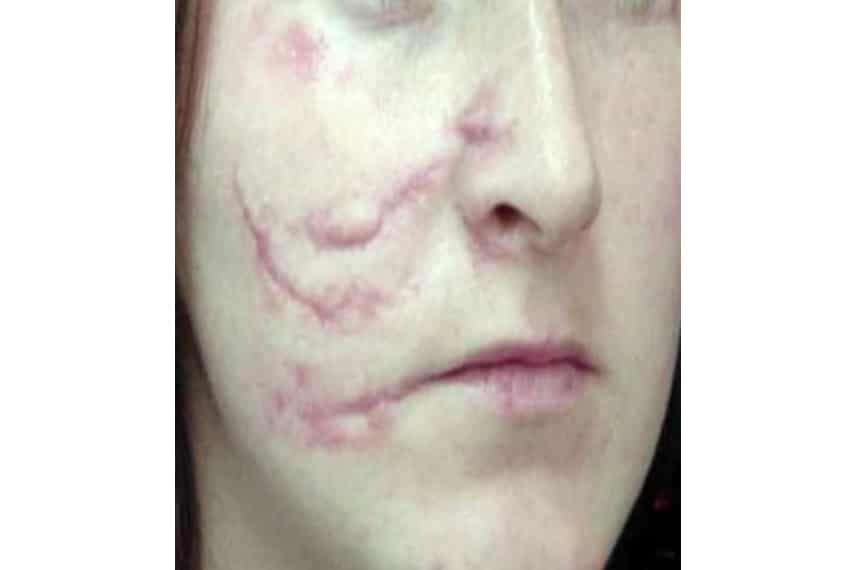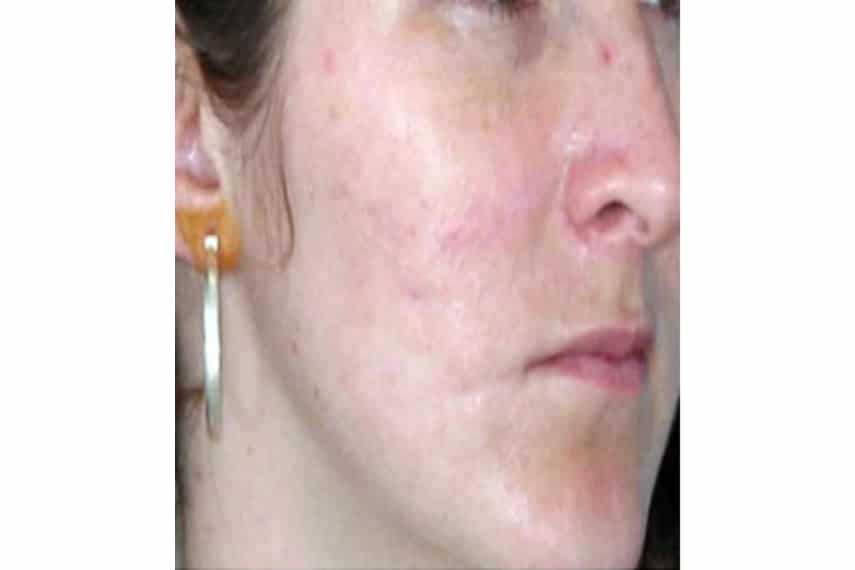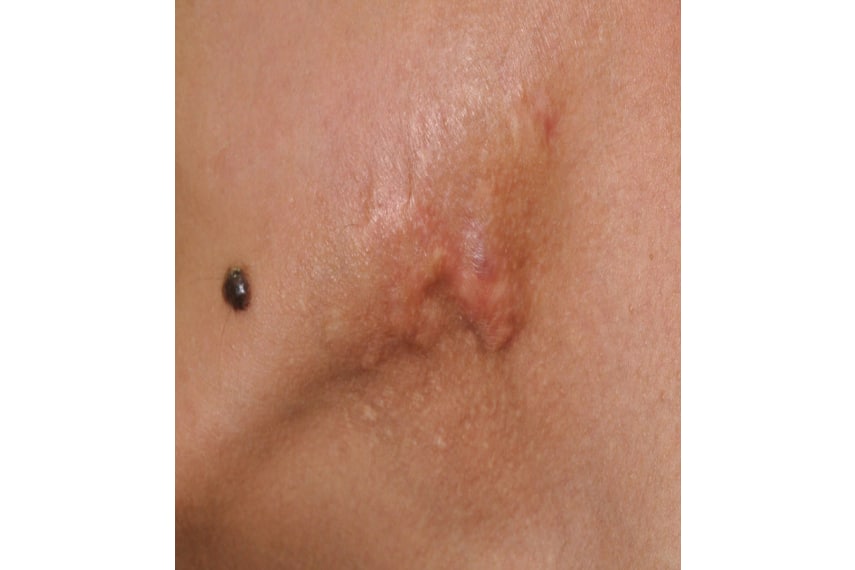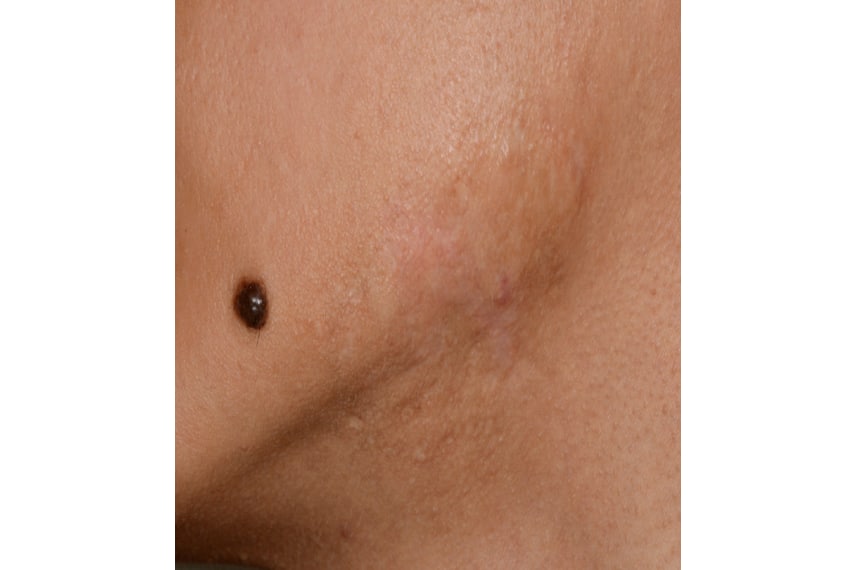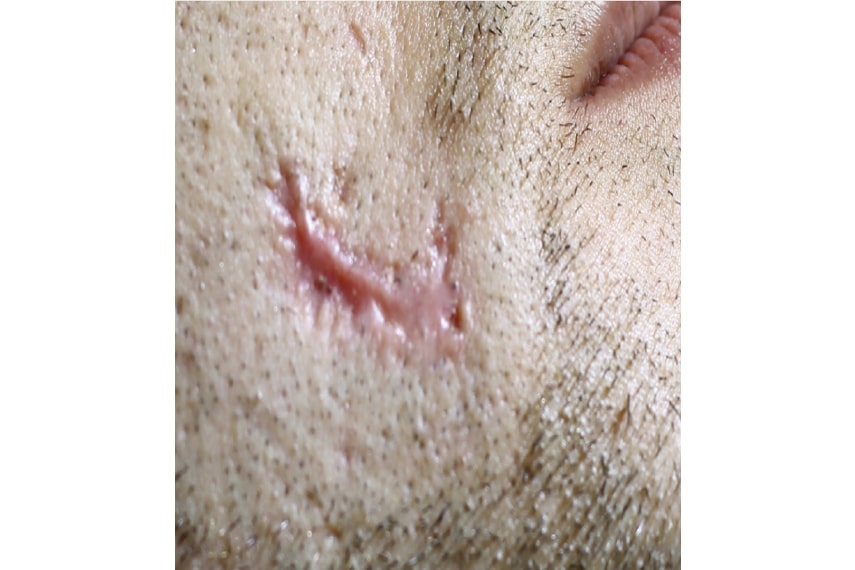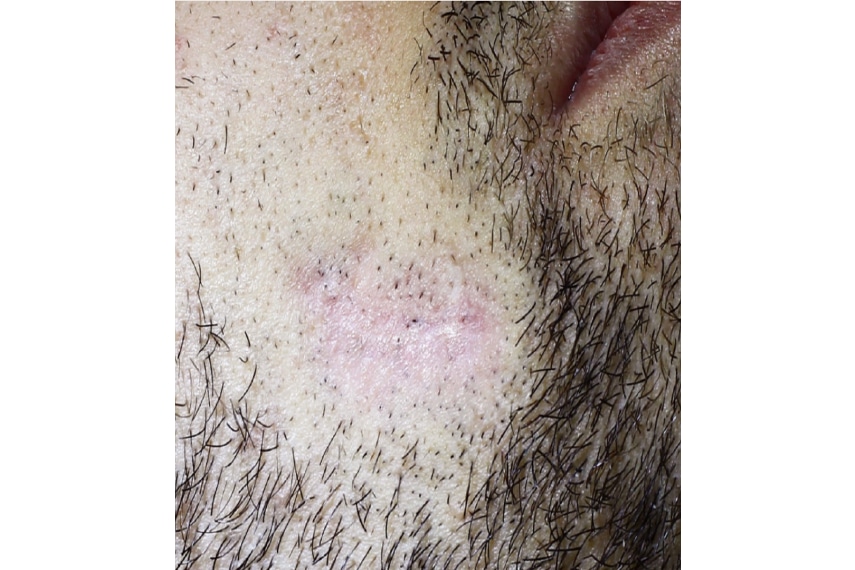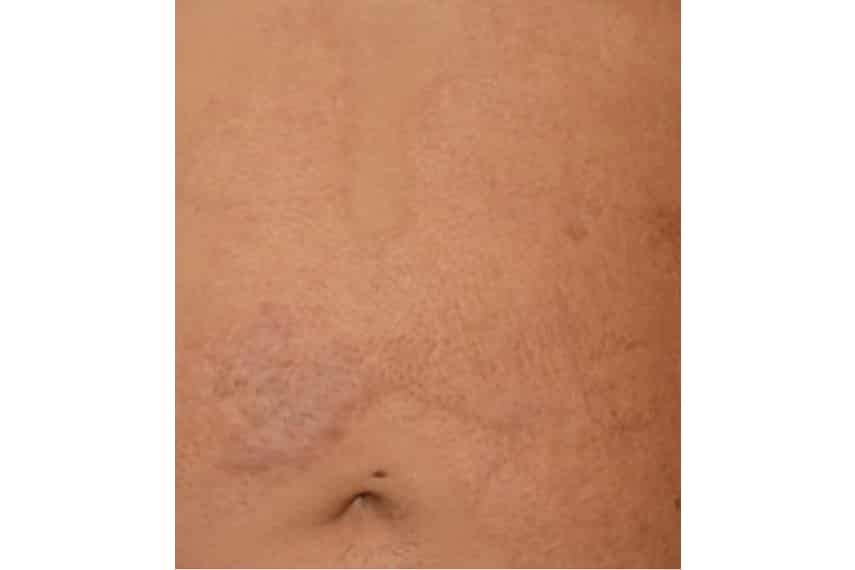A scar follows a break in the skin. The natural process of healing allows the production of a second skin. This scar tissue is likely to differ from healthy skin , resulting in a potentially uneven appearance.
Indeed, you should know that this scar tissue is devoid of hair, sebaceous glands and sweat glands. The cells providing skin pigmentation, called melanocytes , are also absent from scar tissue. This results in a fibrous, remodeled and lighter appearance than the adjacent skin.
If superficial and small lesions do not leave visible scars, deeper skin break-ins heal visibly.
The larger the scar and the more irregular in appearance, the greater the aesthetic discomfort .



